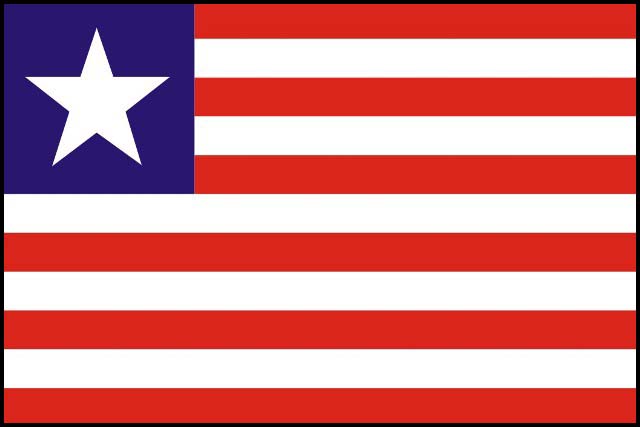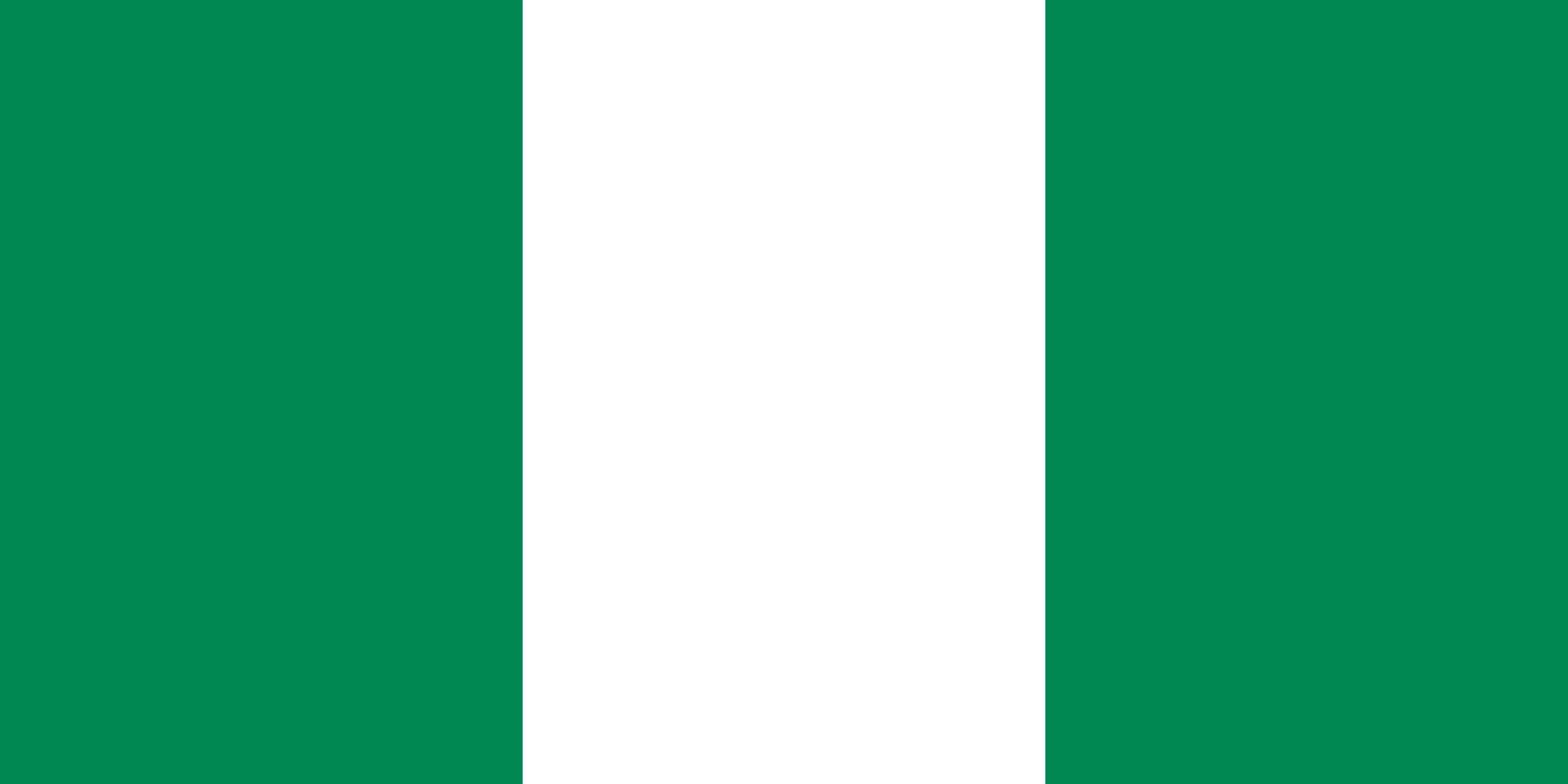In 2005, the Economic Community of West African States (ECOWAS) adopted the Economic
Community of West Africa Agricultural Policy (ECOWAP). The ECOWAP defines the principles and
objectives related to the agricultural sector, the orientation of agricultural development, and the axes
of intervention through which the sub-region exploits its potential to assure sustainable food security
in the Member States; decent remuneration for agricultural workers; and expansion of trade on a
sustainable basis as much within the region as with the rest of the world.
The three axes of this policy are:
(a) Increasing the productivity and competitiveness of West African agriculture;
(b) Implementing a trade regime within West Africa; and
(c) Adapting the trade regime vis-à-vis countries outside the
region.
The West African agricultural policy is also consistent with the implementation of the Comprehensive Africa Agriculture Development Program (CAADP), a component of the African Union’s New Partnership for Africa’s Development (AU/NEPAD). After 10 years of implementation of CAADP, the African Heads of state and government appraised the extent of achievement under it and recommitted to its basic principles in a 2014 declaration known as the MALABO declaration. In this declaration, clear principles and targets were set for the 2015 – 2025 period. At the ECOWAS level, an appraisal of 10 years of the ECOWAP was also carried out in 2015 with broad strategic areas of focus for the 2015 – 2025 agreed on.
The ECOWAP/CAADP takes on the Sustainable Development Goals (SDGs) of reducing poverty and
hunger, through the pursuit of the targets in the MALABO declaration including ending hunger and
halving poverty in Africa by 2025 as well as the earlier targets of 6% average annual growth in the
agriculture sector and allocating an average of 10% of national budgets to the sector. Thus, the West
African agricultural policy adopted by ECOWAS is the regional manifestation of CAADP, in order to:
(a) Promote regional integration through harmonization of national agricultural policies so that
the natural complementarities across countries in the region can be exploited;
(b) Complement the national agricultural strategies of Member States by dealing with a number
of the drivers of agricultural development in West Africa that are more effectively handled
at a regional level than at a national level.
The regional agricultural policy adopted by ECOWAS (referred to as ECOWAP or ECOWAP/CAADP) has
become the common framework underlying agricultural program formulation in the region. The
implementation of ECOWAP/CAADP relies on 3 complementary mechanisms. The first is the
formulation of National Agricultural Investment Plans (NAIPs) in each of the 15 ECOWAS member
countries. The first generation of NAIPs were the subject of the national CAADP compacts signed by all the stakeholders during national round tables. Presently, the 2nd generation of NAIPs are at various
stages of preparation in the Member States.
The second is at the regional level, which proceeds through the Regional Agriculture Investment Plan (RAIP) which aims at achieving the ECOWAP’s objectives through regional programs.
These
programs would normally be integrated in the regional compact which will commit the different
categories of stakeholders and operators (governments, ministries, inter-governmental bodies, NARS,
international organizations, regional technical cooperation partners, NGOs and the private sector) to
its objectives.
The third is specific regional policies and policy instruments which aim to guide
operations in the sector.
Through the process of formulating NAIPs, the RAIP programs and regional policies, ECOWAP/CAADP seeks to provide a common framework that promotes effective and coherent action. The aim is to harmonize and integrate target objectives, via diverse strategies and programs undertaken by countries and inter-governmental organizations in the sub-region (e.g., the agricultural policy of WAEMU/UEMOA, the Strategic framework for sustainable food security of CILSS aimed at fighting against poverty in the Sahel, the sub-regional program of action against desertification, etc.). This progressive integration is intended to avoid duplication of efforts within ECOWAS.
Through these 3 mechanisms (national and regional investment plans and regional policies), ECOWAP/CAADP sets out to accomplish a vision of “a modern and sustainable agriculture based on effective and efficient family farms and the promotion of agricultural enterprises through the involvement of the private sector. Once productivity and competitiveness on the intra-community and international markets are achieved, the policy should be able to guarantee food security and secure decent incomes for agricultural workers” (ECOWAS 2005, Annex p.2). ECOWAP/CAADP’s general objective is to “contribute in a sustainable way to meeting the food needs of the population, to economic and social development, to the reduction of poverty in the Member States, and thus to reduce existing inequalities among territories, zones and nations” (ECOWAS 2005, Annex p.3). These objectives affirm the principle of regional food sovereignty, primarily through high regional integration and appropriate levels of border protection, differentiated according to the specific needs of each supply chain.














